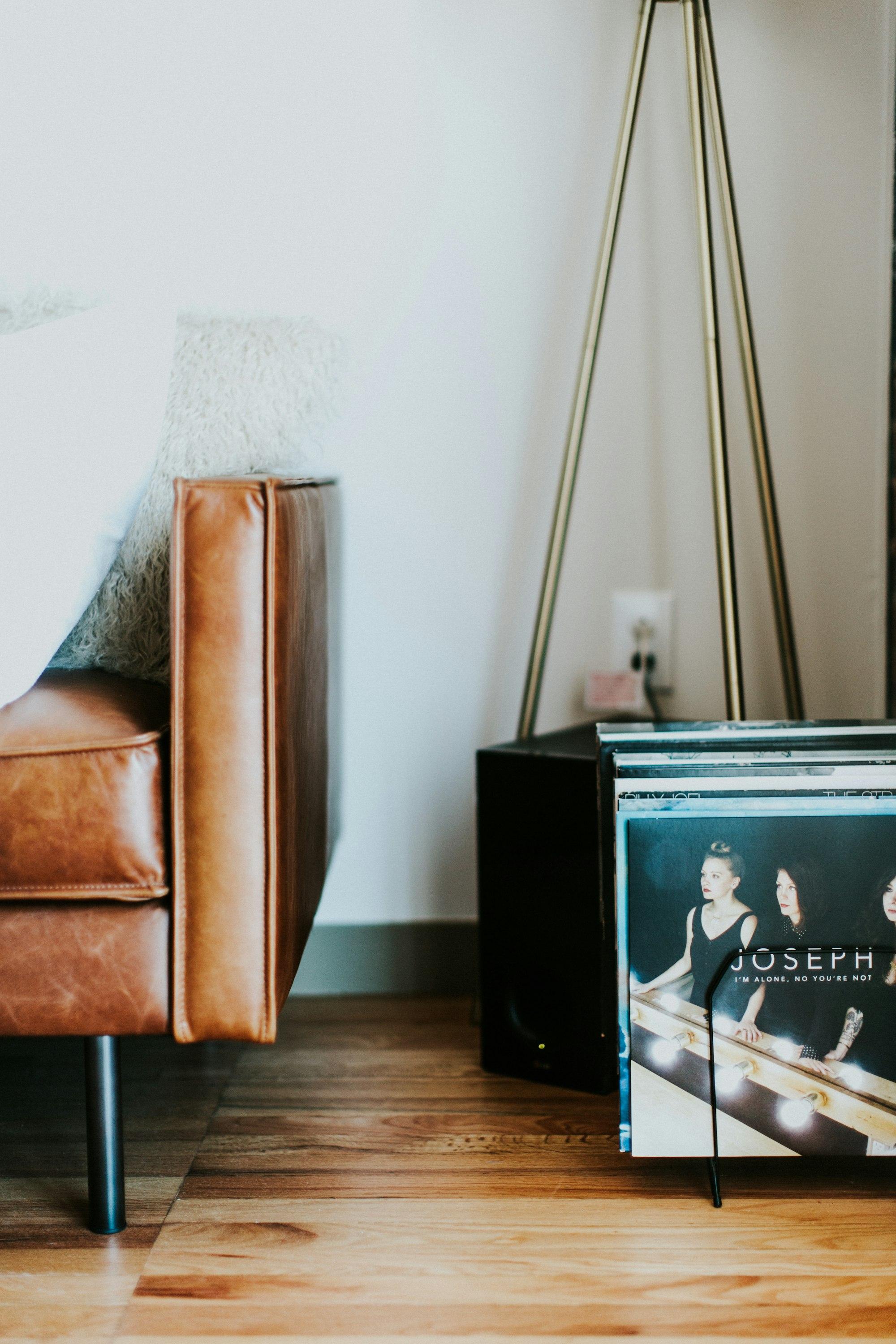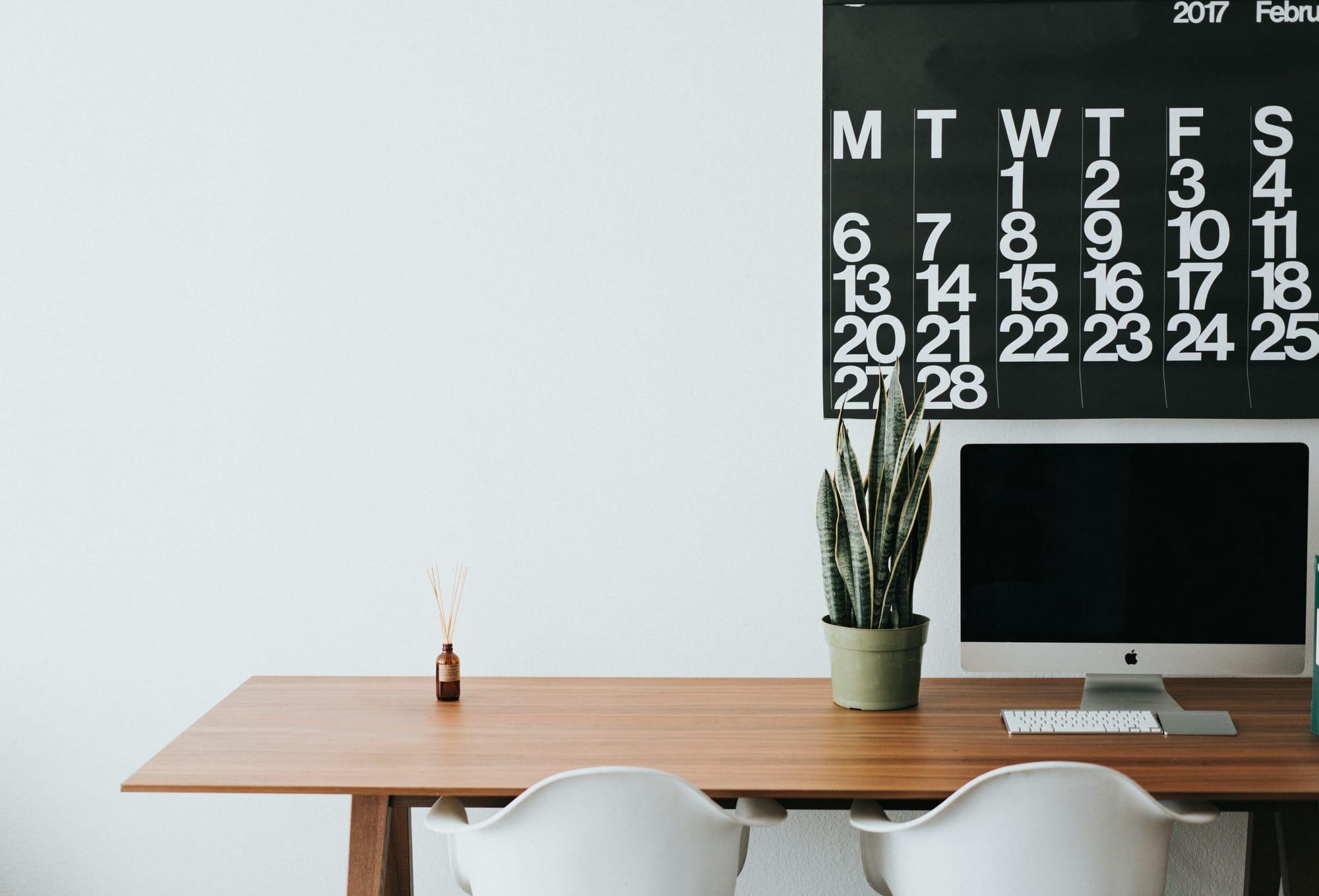Peel and Stick Vinyl Flooring: Total Scam or Game-Changer?
Peel and stick vinyl flooring offers an affordable and easy-to-install solution with a wide variety of designs, but it may not be as durable or long-lasting as other options, making it ideal for budget-conscious homeowners who prioritize style over longevity.

Photo by Hannah Busing
In the world of home improvement, peel and stick vinyl flooring has emerged as a popular choice for many homeowners. Its promise of easy installation and affordability makes it an attractive option for those looking to refresh their floors without breaking the bank. But does it live up to the hype, or is it just another fad that will leave you disappointed? Let's dive into the details and find out.
Understanding Peel and Stick Vinyl Flooring
Before we delve into the pros and cons, it's essential to understand what peel and stick vinyl flooring is. Essentially, it's a type of flooring that comes with a pre-applied adhesive backing, allowing you to install it directly onto your subfloor without the need for additional glue or nails. This innovative design has made it a go-to option for DIY enthusiasts and those looking to save on installation costs.
The Basics of Peel and Stick Vinyl
Peel and stick vinyl flooring is typically made from a combination of PVC and other materials that give it flexibility and durability. It's available in a variety of styles, including wood, stone, and tile looks, making it versatile for different design preferences. The manufacturing process has evolved over the years, leading to improved quality and aesthetics that can closely mimic the appearance of natural materials. This means that homeowners can achieve a high-end look without the associated costs.
One of the main selling points of this flooring type is its ease of installation. With just a few tools and a bit of patience, you can transform a room in a matter of hours. But is it really that simple? Many users report that the process is not only straightforward but also quite satisfying, as they can see immediate results. However, it’s important to note that while the installation may be easy, achieving a professional-looking finish requires attention to detail and a bit of skill.
Installation Process
The installation process for peel and stick vinyl flooring is straightforward. Start by ensuring your subfloor is clean, dry, and smooth. Any debris or moisture can affect the adhesive's ability to stick properly. This step is crucial because any imperfections in the subfloor can lead to problems down the line, such as bubbling or lifting of the tiles. It’s advisable to sweep, vacuum, and even mop the area to ensure it’s in the best condition possible.
Once your surface is prepped, you can begin laying the tiles or planks. Simply peel off the backing and press the vinyl firmly onto the floor. It's crucial to align each piece carefully to avoid gaps or misalignment. Some homeowners find it helpful to lay out the tiles in a dry run before removing the backing, allowing them to visualize the final layout and make adjustments as needed. This can save time and frustration during the actual installation process.
Advantages of Peel and Stick Vinyl Flooring
There are several reasons why homeowners are drawn to peel and stick vinyl flooring. Let's explore some of the key benefits that make it a popular choice.
Cost-Effectiveness
One of the most significant advantages of peel and stick vinyl flooring is its affordability. Compared to traditional hardwood or tile flooring, it offers a budget-friendly alternative without compromising on style. The price point can vary based on the brand and design, but generally, it remains a fraction of the cost of more permanent flooring solutions. Additionally, because you can install it yourself, you save on labor costs, making it an even more economical option for those on a tight budget. This cost-effectiveness makes it an appealing choice for renters who want to enhance their living space without making a long-term investment.
Variety of Designs
Peel and stick vinyl flooring comes in a wide range of designs, allowing you to achieve the look you desire. Whether you prefer the warmth of wood, the elegance of marble, or the modern feel of concrete, there's likely a design that suits your taste. This variety makes it easy to match your flooring with your existing decor, creating a cohesive and stylish look throughout your home. Furthermore, many manufacturers are now offering trendy patterns and colors that can add a unique flair to your space, making it possible to express your personal style without the hefty price tag associated with custom flooring options.
Easy Maintenance
Another significant advantage of peel and stick vinyl flooring is its low maintenance requirements. Unlike hardwood floors that may require refinishing or carpets that need regular deep cleaning, vinyl flooring can be easily cleaned with a damp mop and mild detergent. This ease of maintenance is particularly appealing for busy households or those with pets and children, as it allows for quick clean-ups without the worry of damaging the flooring. Additionally, many vinyl options are resistant to stains and moisture, making them suitable for kitchens and bathrooms where spills are more likely to occur.
Potential Drawbacks
While peel and stick vinyl flooring has its advantages, it's not without its downsides. It's important to consider these potential drawbacks before making a decision.
Durability Concerns
One of the main criticisms of peel and stick vinyl flooring is its durability. While it can withstand regular foot traffic, it may not hold up as well in high-traffic areas or homes with pets and children. Over time, the adhesive may weaken, causing the tiles or planks to lift or shift. This can lead to an uneven surface and may require reinstallation or replacement. Some users have reported that heavy furniture can also cause indentations or damage to the surface, which is something to consider if you plan to place large items on the flooring. Therefore, it’s essential to assess the specific needs of your household and the areas where you plan to install the flooring.
Limited Lifespan
Compared to more traditional flooring options, peel and stick vinyl has a shorter lifespan. While it can last several years with proper care, it's not as long-lasting as hardwood or ceramic tile. If you're looking for a flooring solution that will stand the test of time, you may want to consider other options. Many manufacturers offer warranties that range from 5 to 15 years, but this can vary widely based on the quality of the product and the conditions in which it is installed. Homeowners should also be aware that exposure to direct sunlight can cause fading over time, which may affect the appearance of the flooring.
Tips for Successful Installation
If you decide that peel and stick vinyl flooring is right for you, there are a few tips to ensure a successful installation.
Prepare Your Subfloor
As mentioned earlier, preparing your subfloor is crucial. Make sure it's clean, dry, and free of any imperfections. Sand down any rough spots and fill in any gaps or holes to create a smooth surface. This preparation will help the adhesive bond properly, reducing the risk of lifting or shifting over time. Additionally, consider using a primer specifically designed for vinyl flooring, as this can enhance adhesion and prolong the life of your flooring. If you're installing over concrete, it's also wise to check for moisture issues, as excess moisture can lead to mold and mildew problems beneath the flooring.
Take Your Time
While the installation process is relatively simple, it's important not to rush. Take your time to align each piece carefully and press it firmly into place. Use a roller or a heavy object to apply even pressure across the surface, ensuring a secure bond between the vinyl and the subfloor. It’s also beneficial to work in small sections, allowing you to focus on achieving a perfect fit without feeling overwhelmed. If you encounter any issues, such as misalignment or bubbles, address them immediately rather than waiting until the entire area is completed. This proactive approach can save you time and effort in the long run.
Environmental Considerations
As with any flooring option, it's essential to consider the environmental impact of peel and stick vinyl flooring. Many manufacturers are now producing eco-friendly options that are free from harmful chemicals and made from recycled materials. When shopping for vinyl flooring, look for products that have certifications such as FloorScore or GreenGuard, which indicate that they meet strict indoor air quality standards. Additionally, consider the lifecycle of the product, including its recyclability at the end of its life. By choosing environmentally friendly options, you can enjoy your new flooring while also being mindful of your ecological footprint.
Is It Worth It?
So, is peel and stick vinyl flooring a game-changer or a total scam? The answer depends on your specific needs and expectations. If you're looking for an affordable, easy-to-install flooring option that offers a variety of design choices, it could be a great fit for your home. However, if durability and longevity are your top priorities, you may want to explore other flooring options. Ultimately, the decision comes down to weighing the pros and cons and determining what matters most to you in a flooring solution. By carefully considering your lifestyle, budget, and aesthetic preferences, you can make an informed choice that enhances your living space for years to come.
Quick facts
Is peel and stick vinyl flooring worth it?
Peel and stick vinyl flooring is worth it for budget-friendly, DIY projects. It's easy to install and can be a good temporary solution for renters or homeowners looking for a quick update. However, it may not be as durable or long-lasting as traditional flooring options.
Does peel and stick vinyl flooring last?
Peel and stick vinyl flooring can last anywhere from 5 to 10 years, depending on the quality of the product and how well it is maintained. It's less durable than other vinyl options and may wear down faster in high-traffic areas.
Do you have to put anything under peel and stick vinyl flooring?
Peel and stick vinyl flooring generally doesn’t require an underlayment, but the subfloor needs to be smooth, clean, and dry. Any imperfections in the surface can show through the vinyl and affect adhesion, so preparation is key.
How do you prepare a floor for vinyl peel and stick?
To prepare a floor for vinyl peel and stick, clean the surface thoroughly to remove dust, dirt, and grease. Ensure the subfloor is smooth and dry, and fill in any cracks or holes. For best results, allow the floor to dry completely before installing the vinyl.

Mihai Crisan
Software Engineer at Spoken
Mihai is a dedicated software engineer at Spoken, where he combines his passion for technology with his professional expertise. As a tech geek, he is always on the lookout for innovative solutions to simplify and enhance people's lives through cutting-edge technology. Mihai’s curiosity drives him to explore and implement new ideas that make a real impact.
Read more

